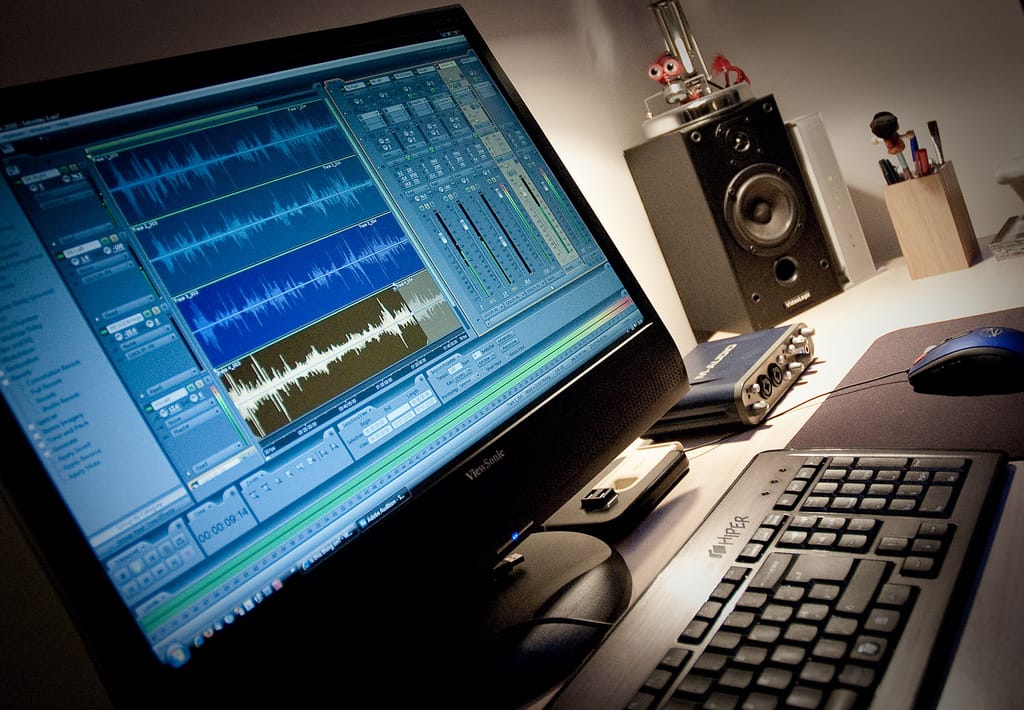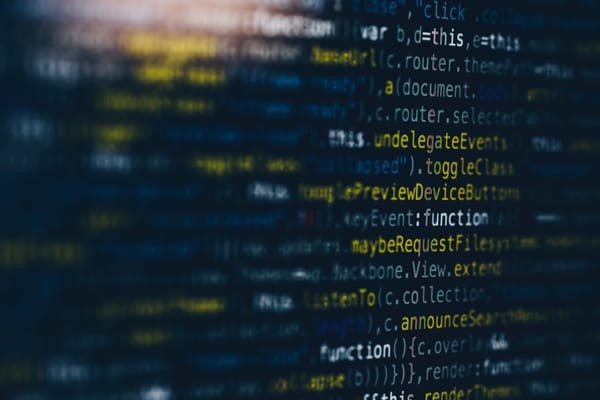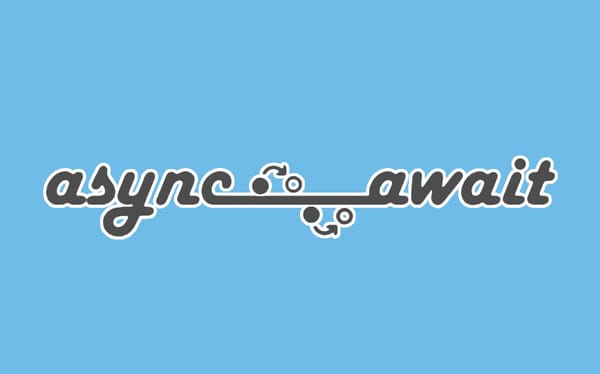Downmix

It’s been a long time since I actually used some multi-track, virtual studio software for the job it was intended for. I usually dip in, tweak some levels, and export … or at a push I use the convenience of the multiple tracks to help create composite sound effects for the theatres.
Actually using the multitrack software for true multitrack recording is something I’ve not really done since college, mainly because I’ve not had the hardware to do anything substantial. The computer-based multitrack recorders we used back then could not have easily been transported to a theatre for a recording, so I never really thought about it. That, however, was 12 years ago and I’ve noticed that things have improved slightly ;o)
A few months ago I purchased an M-Audio Fast Track Pro USB audio interface for use with my Sony VAIO laptop. I had this crazy idea I would multitrack-record some of the musicals I was sound engineering for, and then I would have some decent source material to work with. Unfortunately, the Fast Track Pro isn’t a really a multi-channel interface. I really wanted something like the Fast Track Ultra which offers 8 audio in/outputs, but I couldn’t justify the cost. Instead I settled for the 2-channel “Pro” interface, which at least enabled me to make decent audio recordings directly out of the sound desk, and also enabled me to use my FXP software using some decent hardware and audio connections.
Then came along the Stampede Theatre Company’s production of Sweeney Todd, and I thought it would make an excellent multitrack project. I toyed with the idea of daisy-chaining a couple of USB interfaces (as I have access to a few other 2-channel USB interfaces), but figured latency/sync would be a problem. It was then I spotted the S/PDIF in/outputs on the back of the Fast Track Pro. On closer inspection I found that the box would happily record four channels of audio (two analogue, two digital) … and the Yamaha LS9 sound desk I was using had a fully assignable S/PDIF output. Fantastic!
With only a few minutes to spare before the performance began, I was able to hang two extra AKG HM1000 / CK31 microphones over the orchestra pit (to give a nice stereo recording of the pit and hall to compliment the mono PA mix). These plugged straight into the analogue inputs on the Fast Track (thanks to the +48V phantom power), and the S/PDIF from the sound desk was split to give me my radiomic groups bounced onto one channel, and the pit DI’d instruments on the other channel.
In effect, this gave me a basic but effective multitrack recording of the entire performance.
I used Adobe Audition 3 to record the session in 24-bit, 48KHz digital audio. I’ve not used Audition in anger, but I was surprised how easily it connected to the Fast Track and allowed me to assign audio inputs to the relative tracks. I then hit record, crossed my fingers and got on with mixing the show.
The finished session was over 7Gb in size, and once copied onto a portable USB drive it was simple to transfer the project to my desktop workstation for the downmix. It was here I discovered how versatile Audition was. I’ve used other software in the past: Pro Audio, Soundtrack Pro, Logic … but Audition was the only decent software I could find to run on both my laptop and PC. Until now I’ve been a big fan of Apple’s Logic. Audition was a pleasure to use, and easily automated my fader movements, EQ tweaks, etc.
One of the problems I’ve had in the past with long-form projects is breaking up the content. In the case of this recording, I needed to divide the finished mix into 20-30 tracks to make it easier to navigate. Audition has a set of marker features that are embedded into WAV/BWF file you create when you export the final mix. While neither Audition of Sony’s Soundforge were able to automate the splitting up of these track markers into separate files, the process was fairly quick to do manually.
Audition then allowed me to batch process these final “Tracks” into MP3 files for distribution. Importing the finished MP3’s into iTunes allowed me tidy up the metadata easily. Just listening to the end product now on my iPhone now, and I’ve managed to even impress myself.
I would post some sample MP3’s here, but there’s the pesky issue of copyright which in theory should have prevented me from even making the recording in the first place. Sorry!
The Yamaha LS-9 sound desk has 16 assignable outputs, which has got me thinking that an 8- or 12- channel audio interface might be justified after all. Hmm.



